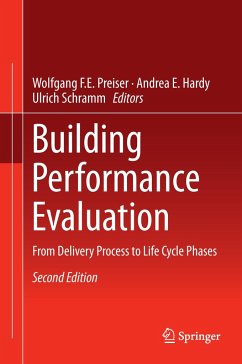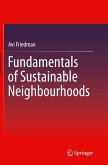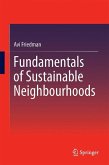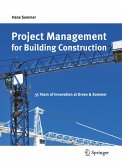The main aim of this book is to present an intriguing retrospective of Building Performance Evaluation (BPE) as it evolved from Post-Occupancy Evaluation (POE) over the past 25 years. On one hand, this is done by updating original authors' chapter content of Building Evaluation, the first edition published in 1989. That, in turn, is augmented by an orientation toward current and future practice on the other, including new authors who are engaged in ongoing, cutting edge projects. Therefore, individual, methodology oriented chapters covering the fundamental principles of POE and BPE go along with major thematic chapters, topics of which like sustainability or integration of new technologies are addressed in a diversity of case studies from around the globe.
Research, methodologies, and framework of POEs continue to evolve. POEs are one step, on the larger scale of BPE, in understanding how buildings function after they are occupied. This resource helps a
rchitects,building owners, and facility managers understand the implications and reactions to the facilities that they designed, built and/or commissioned. By considering the whole process from conception to future uses of the building, there can be a more holistic approach to the planning, programming, design, construction, occupancy, and future adaptability of the structure.
This book is dedicated to first editor Wolfgang F. E. Preiser who passed away during the process of editing and reviewing chapters of this volume.
Research, methodologies, and framework of POEs continue to evolve. POEs are one step, on the larger scale of BPE, in understanding how buildings function after they are occupied. This resource helps a
rchitects,building owners, and facility managers understand the implications and reactions to the facilities that they designed, built and/or commissioned. By considering the whole process from conception to future uses of the building, there can be a more holistic approach to the planning, programming, design, construction, occupancy, and future adaptability of the structure.
This book is dedicated to first editor Wolfgang F. E. Preiser who passed away during the process of editing and reviewing chapters of this volume.








